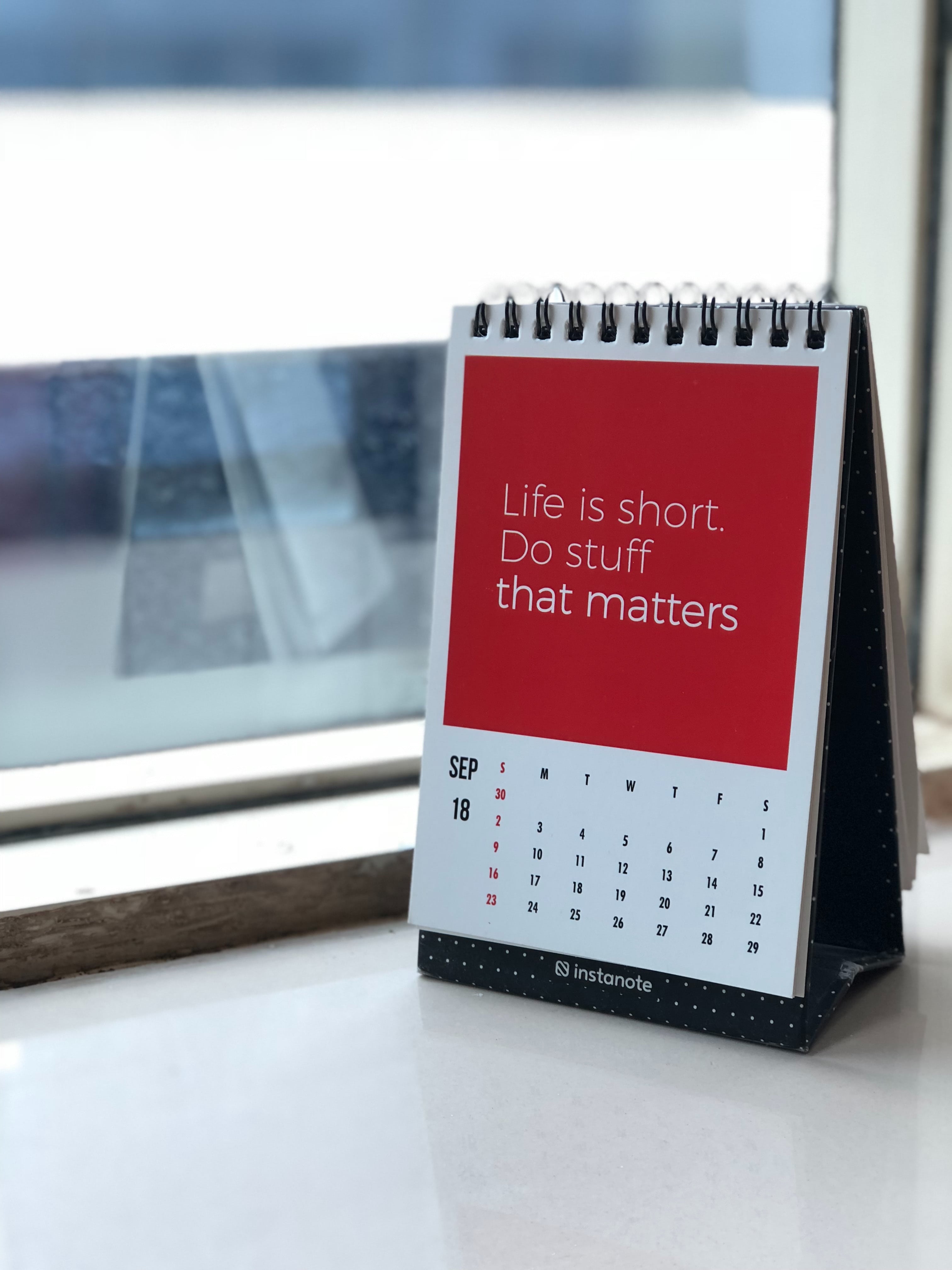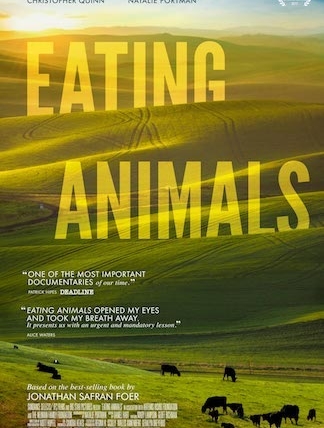What Goes Into Impactful Outreach—and Why to Start ASAP
 A few years ago, we were contacted about conducting outreach for a documentary by a big-name director who would have been a pleasure to work with—if only his team had approached us earlier. This fall, there was the grassroots organizer who needed help with getting influential organizations to push out an online video before the midterm elections—with just weeks to go. These are just a couple instances when we’ve decided to pass up a project because we determined there wasn’t enough lead time to achieve meaningful impact.
A few years ago, we were contacted about conducting outreach for a documentary by a big-name director who would have been a pleasure to work with—if only his team had approached us earlier. This fall, there was the grassroots organizer who needed help with getting influential organizations to push out an online video before the midterm elections—with just weeks to go. These are just a couple instances when we’ve decided to pass up a project because we determined there wasn’t enough lead time to achieve meaningful impact.
A public engagement campaign’s success is dependent on outreach. Here’s why you may need to get started earlier than you think.
The more targeted your outreach, the more it can promote your project and its cause.
Reaching out to advocacy organizations about an upcoming film, TV/streaming show, or philanthropic initiative shouldn’t involve sending out mass emails and hoping for the best; it should start with identifying organizations that are appropriately aligned. This takes time-consuming vetting. Simultaneously, it’s important to assess which groups are best positioned to make a difference due to wide reach. It’s also worth noting that if you have a film focused on an issue (such as criminal justice, the environment, mental health, the LGBTQ+ community, or veterans), that doesn’t mean that every organization focused on that issue is the right fit, since many have particular niches. Creative thinking about an array of appropriate target groups will diversify your audience.
Your impact agency should get immersed in the social issue at hand, in addition to familiarizing themselves with your content.
What terminology around the issue is currently being used by the leading organizations in the space? Where does your mission fit into their scheme of priorities? A team that has taken time to explore these kinds of questions can communicate with organizations in an informed and authentic way.
Your campaign may coincide with external factors that warrant consideration.
Does the launch of your project overlap with the holidays or universities’ final exams before summer break? In some cases, if the timing of your campaign has flexibility, we can recommend a better time to launch; if not, assessing some of these issues can still help shape a calendar and priorities.
Your campaign will require creation of assets.
Collaboration with stakeholders will be required to develop an appropriate call to action and set of materials for partners and/or the public, including for example, a one-pager overview, social media assets, website, or discussion guide.
Getting five strong partners on board isn’t simply a matter of going out to five top organizations.
As with college admissions, you need to go out to more institutions in order to ensure you end up with enough. Wide outreach involves contacting hundreds of organizations and following up (sometimes two or three times) to secure varying levels of involvement.
There’s a “domino effect” of partnership development.
Investing some time in getting the buy-in of top influencers can lead to attracting others relatively quickly. In addition, by building a coalition prior to launch, your story comes out of the gate with endorsements that raise its public profile.
The best outreach involves conversation and customization.
Impact partnerships are win-win: Your storytelling advances the important work of advocacy organizations on the forefront of the issue, and these organizations expand the reach of your storytelling. But each organization has existing plans, priorities, and content calendars planned months in advance. Connecting by phone to explore their objectives and upcoming events can uncover mutually beneficial ways of connecting your campaign with their work.
Approvals take time.
National organizations can involve a fair amount of bureaucracy, especially if they have a lot of chapters. Educational institutions also require layers of approvals. And if you’re seeking to partner with a foundation or company, there may be a quarterly timetable of board meetings that determine how soon—or not—a request can even be reviewed.
Starting earlier allows for course correction.
It may turn out that a particular category of target partners is less interested than anticipated, but soliciting feedback on the reasons why can establish a positive new direction. Or it’s possible that audiences will respond so powerfully to one particular element of the campaign that it makes sense to double down. Whatever the case may be, it’s ideal if your campaign can be nimble enough to shift gears based on information acquired throughout.
So how much time do you need for outreach? It really depends on your goals and the types of target organizations and audiences, but with entertainment media, we generally recommend a minimum of 3 months of outreach prior to release. Other initiatives may benefit from a 4- to 6-month runway, or even a multi-year campaign. Nevertheless, outreach in a shorter time span is sometimes doable if the campaign plan is highly targeted. For example, on short notice we can arrange multiple screening and panel discussions in as little as a month.
Interested in exploring options for an impact campaign with ProSocial? Get in touch with details about your issue-driven film, TV/streaming series, or philanthropic initiative.



